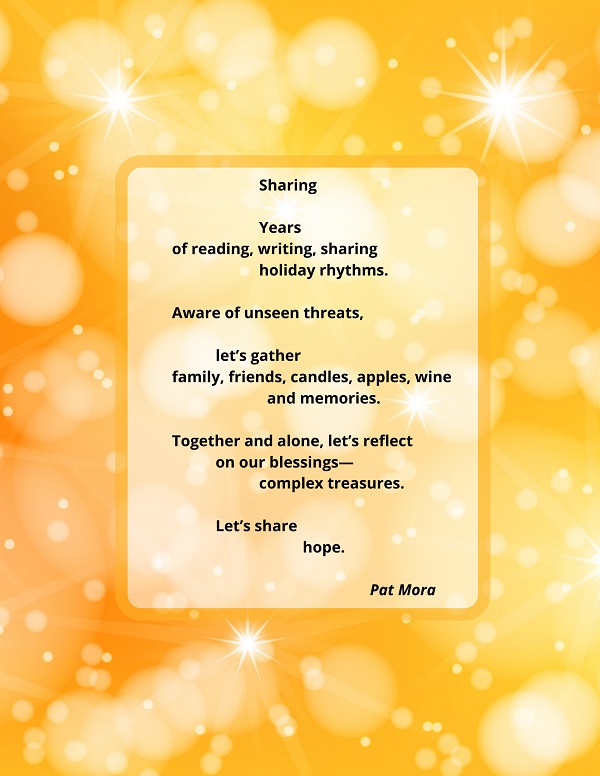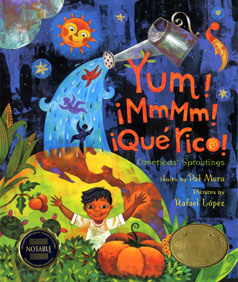Two Christmas Picture Books to Share
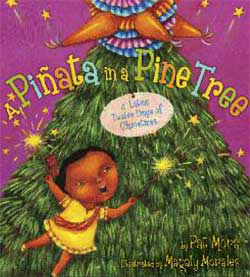
"In trading a partridge for a piñata and intertwining English and Spanish, Mora has created not only a fun adaptation of a classic Christmas carol but also an introduction to many elements of holiday celebrations for families across the U.S. and Latin America … The illustrator is the sister of Belpré Award-winning illustrator Yuyi Morales, and these acrylic paintings share a similar colorful and vibrant style as they integrate words, numbers, Spanish pronunciations, joy, and excitement throughout each full page spread."—Booklist
Classroom activities:
- Ask the students when and where they hear languages other than English. Do they like to learn new words in other languages? What new words did they learn in this book?
- After sharing the book, have students draw the book, or a few pages, as you read the book.
- Help students make their favorite gift in the book and give it to their amiga/o.
- Learn to sing the song and perform it for another class or group.
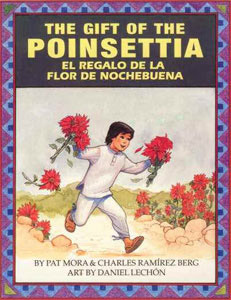
"This popular title introduces readers to a Mexican tradition and inspires them to think about gift-giving in a different way. The authors take children through each of the days of the posada (“inn”) tradition in which celebrants take figurines representing Mary and Joseph from one inn to another as they look for a place to rest. Carlos worries that he has no money to buy a special gift to offer the Christ Child, but his grandmother urges him to pick a flower along the way. This humble flower blossoms into a glorious poinsettia on Christmas Eve. An enjoyable selection for readers of any age."—Critcás
Classroom activities:
- After learning about the origin of the name poinsettia, have students read about flower folklore and write a story based on their research or create a name for an imaginary flower and write and illustrate that story. The flower could, of course, be named after themselves or their friends which could lead to some interesting descriptions.
- Humans enjoy celebrations. Have students study celebrations around the globe and share a holiday celebration important to their family.
- Students can learn about legends and either re-tell a legend, particularly one native to their area or place of birth, or create their own legends.
Celebrate a New Book from Father Murray Bodo, OFM
I met Father Murray years ago in Cincinnati thanks to the poet Denise Levertov. We took a poetry workshop together and then started a small poetry group that met monthly to share a new poem and enjoy ice-cream. I think we all helped one another become better poets.
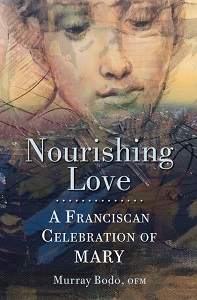 A prolific writer of poetry and prose, Murray taught at Thomas More College. He produced audio books, CD’s, DVD’s and also led retreats in Umbria, Italy for over thirty years. His newest book is Nourishing Love: A Franciscan Celebration of Mary, and you can find out more about it on his website.
A prolific writer of poetry and prose, Murray taught at Thomas More College. He produced audio books, CD’s, DVD’s and also led retreats in Umbria, Italy for over thirty years. His newest book is Nourishing Love: A Franciscan Celebration of Mary, and you can find out more about it on his website.
Murray also did an interview for our Creativity Salon, and you can read that here.
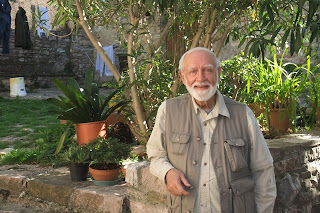
Creativity Salon: an Interview with Author and Publisher Janet Wong
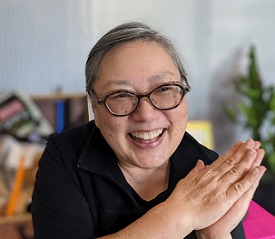
Were you a reader as a child, and if so, what kind of books did you enjoy?
I’m embarrassed to say it, but I was not a reader as a child. I wrote about this briefly in my “Meet the Author” book Before It Wriggles Away. Recently someone pressed me to give a title that I read more than once as a young child, and I replied with The Story of Bubbles the Whale. I loved it because I had been to Marineland and had seen Bubbles with my own eyes. I had even been splashed by Bubbles!
Do you speak more than one language, and if so, has that been helpful?
I wish I spoke the languages of my heritage (Korean and Chinese), but I don’t. I wrote about that in Good Luck Gold & MORE, with the poem “Speak Up” and the prose piece that accompanies it (the “story behind the story”). I’ve noticed lately, though, that I know many more words in Korean than I thought I knew. Come here, hurry; sit here, eat; do you have a stomach ache? What’s the matter? I know the words that a mother would say over and over to a child. And I also know the bad words that my mom would mutter in frustration (though I don’t know exactly how bad they are).
What nouns would you use to describe yourself?
I am a foodie, an eater. And a wonderer. I am constantly doing online searches to answer random questions that pop into my mind. One of my recurring questions is: What is this particular food good for? I love knowing that I’m helping my eyes when I eat goji berries.
What makes you laugh?
Everything. I laugh all throughout the day at the smallest, silliest, most insignificant things. I can even just look at my dog chewing and laugh.
What is hardest about the creative work you do?
Being able to judge whether a piece of writing is ready to share–and worrying that I’ve just rejected a better version. Whether a poem is “good” or “great” is such a subjective thing.
Are you working on a new project?
Always! Recently Sylvia Vardell and I started offering workshops to poets who want to create their own books. We think that the world needs a whole lot more poetry books, and we’re eager to inspire people to create them. You can learn more about that here
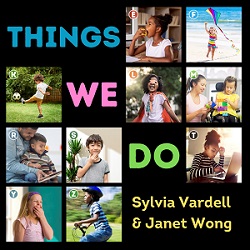 Poets from Anthologies 201 participated in our Things We Do book project (featuring brand-new poets alongside a “Who’s Who” list of poets that included you, Pat Mora; thank you for your generosity). 100% of the profits from that book will be donated to the IBBY Children in Crisis Fund The next Anthologies 201 cohort will contribute to Things We Eat–a book that my stomach supports fully!
Poets from Anthologies 201 participated in our Things We Do book project (featuring brand-new poets alongside a “Who’s Who” list of poets that included you, Pat Mora; thank you for your generosity). 100% of the profits from that book will be donated to the IBBY Children in Crisis Fund The next Anthologies 201 cohort will contribute to Things We Eat–a book that my stomach supports fully!
Janet Wong is a graduate of Yale Law School and a former lawyer. She has written more than 35 books for children on a wide variety of subjects, including chess (Alex and the Wednesday Chess Club) and yoga (TWIST: Yoga Poems). She is the 2021 winner of the NCTE Excellence in Poetry for Children Award, a lifetime achievement award that is one of the highest honors a children’s poet can receive. Learn more about her work at JanetWong.com and PomeloBooks.com.
Two Picture Books to Share for Thanksgiving
In the bilingual Gracias~Thanks, written by Pat and illustrated by John Parra, a boy relates the many things that he is thankful for. Here’s a page from the book:
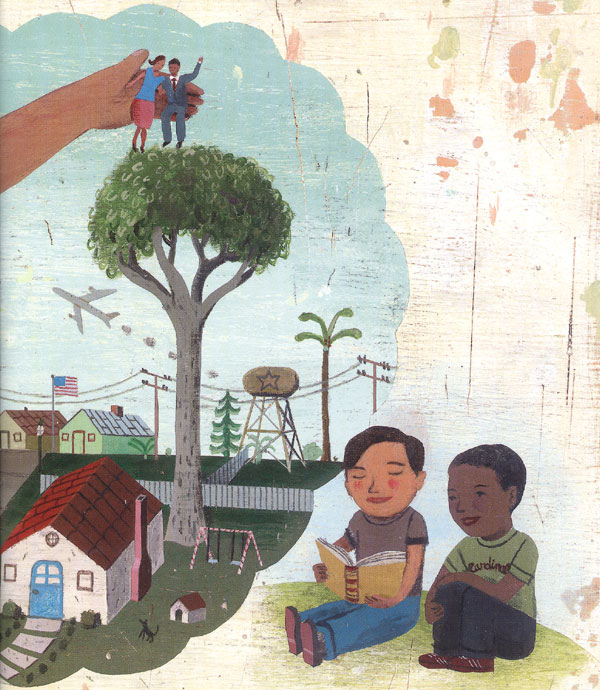
“For my friend Billy, who showed me the book about a boy giant who puts his little parents on top of a tall tree when they misbehave, thanks.”
Kirkus gave the book a starred review: “Mora has a keen sense of the concrete, child-friendly detail, and it’s put to splendid use here. Readers will find themselves nodding in agreement as the unnamed narrator gives thanks to the ladybug that lands on his finger, the bees that don’t sting him and his little brother, who throws mashed peas at their sister … For this graceful celebration, ¡gracias!”
In Yum! ¡Mmm! ¡Qué Rico! America’s Sproutings, written by Pat and illustrated by Rafael López, a collection of haiku celebrates foods native to the Americas. (Also available in a Spanish edition.) Here’s a page from the book:
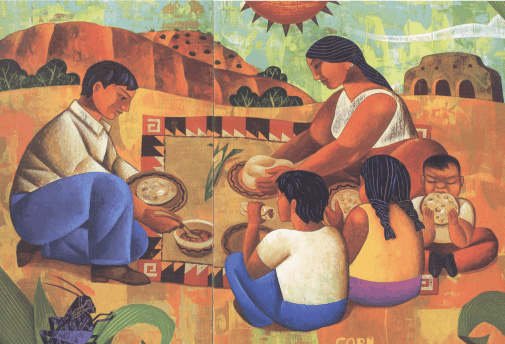
Corn
Leaves sprout silk-snug house.
Smell grits, tortillas, corn bread.
Pass the butter, please.
Book Links said about the book: “Mora’s descriptive poetry features wonderful word choices and gets it right to the essence of each food.”
